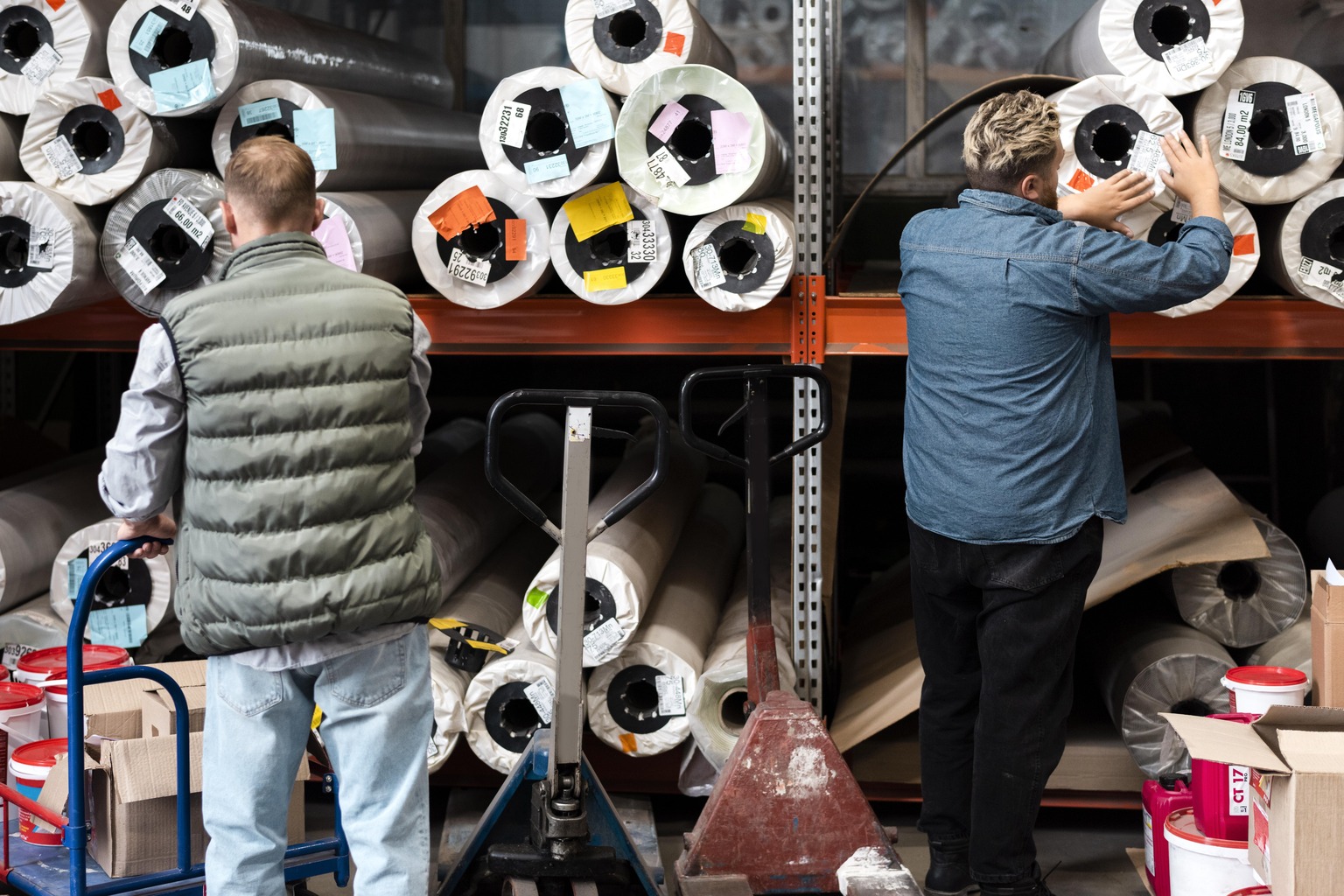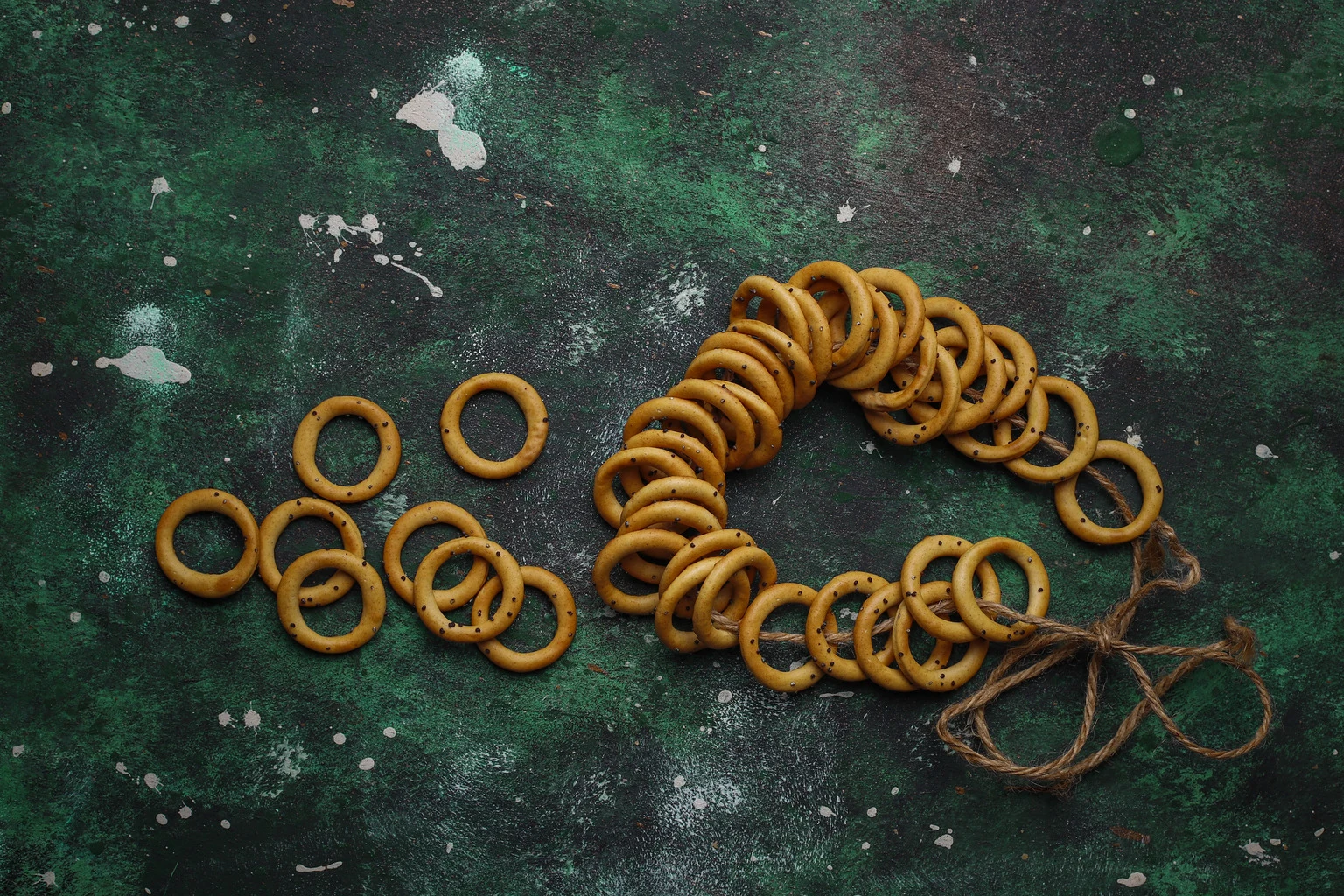All About Rubber Compression Molding
Rubber compression molding is a proven process of producing long-lasting rubber parts. Cost-effective, efficient, and versatile, the process continues to be a significant operation within the automotive, medical, aerospace, and electronic sectors. At Lusida Rubber, we provide custom rubber molding services based on this proven process to produce high-performance components for you.
This guide takes you through step by step, from how rubber compression molding processes work to what materials are utilized, its many advantages, and why it may be the perfect solution to your next project.
What Is Rubber Compression Molding?
Compression molding is an uncomplicated yet very effective method of rubber part manufacture. Compression molding consists of loading preheated and previously measured rubber in a preheated mold cavity. Pressure and heat are imparted and the mold is shut, and synergistic action of heat and pressure simultaneously acts upon each other to facilitate the flow of material into the mold. Synergistic action of heat and pressure enables the rubber to harden and solidify and transform into an exact replica of the mold cavity.
What’s the result? Durable, precise rubber components used on many applications including:
- Seals and gaskets
- O-rings
- Medical devices
- Shock-absorbing bushings
- Vibration control mounts
It’s especially ideal for components that are too large, too heavy, or made in small quantities.
How the Process Works
1. Material selection and preparation
In the first place, the right rubber compound is selected according to the specific requirement—whether chemical resistance, flexibility, or toughness. Such materials like EPDM, nitrile, silicone, or fluorocarbon rubber are common examples. Having selected the rubber, then the rubber is molded and warmed up to fill the shape and size of the mold.
2. Mold Loading
The uncured rubber is now filled into the hot mold cavity. It is either done manually or automatically based on the complexity of the part and level of production.
3. Compression and Curing
The rubber is compressed firmly and the mold is closed under solid pressure (500 to 2000 PSI). Pressure and heat are what ensure that the rubber spreads evenly and cures, hardening to shape.
4. Demolding and Flash Removal
Once cured, the mold is opened and the fresh-cured rubber part is removed from the mold. Excess rubber, or flash, is trimmed away carefully for a clean finish.
5. Optional Post-Curing
In some cases, especially where high-performance parts or medical-device equipment are being processed, parts can be subjected to further oven curing in an attempt to further stabilize, drive off any volatiles that remain, and improve mechanical performance.
Why use Compression Molding?
It has some obvious advantages:
- Cost saving: In low- to medium-size volume applications. Easy mold and low setup cost.
- Ease of molding large or heavy parts: Easier to mold than with other processes.
- Material flexibility: From natural rubber to high-tech synthetics such as Viton, a vast range of rubber forms can be used.
- Minimum Scrap: Material is efficiently utilized with less scrap, cost within control.
- Less Expensive Tooling: Compression tooling is simpler and cheaper than injection or transfer tooling.
Rubber Materials Employed in Usual
The following is a brief list of some usual rubber materials employed in compression molding:
- Natural Rubber (NR): Good strength and extension for dynamic end use.
- Nitrile Rubber (NBR): Good oil and fuel resistance.
- EPDM: Good for outdoor conditions and ozone, UV, and heat resistance.
- Silicone: Heat and food resistant, kitchen and medical applications.
- Fluoroelastomers (Viton/FKM): Good heat and chemical resistance.
- Neoprene (CR): Offers abrasion resistance and flame resistance as a built-in component of the material.
Where Compression Molding Thrives: Real-World Applications
1. Automotive
Compression molding is needed in engine gasket production, shock mounts manufacturing, bumper parts manufacturing, and weather sealing.
2. Medical and Healthcare
FDA-approved silicone components like valves, diaphragms, and protection seals are commonly manufactured with the assistance of this method.
3. Aerospace
It is very much in demand in the high-risk aerospace sector because of its ability to create tough but lightweight seals and vibration dampers.
4. Industrial and Machinery
From pipe seals and bushings to insulators, compression molding provides consistent performance in aggressive environments.
5. Consumer Goods
Kitchen utensils, electrical covers, and wearable rubber components all benefit from the ruggedness and versatility of this process.
What Makes Lusida Rubber Special?
At Lusida Rubber, we don’t just make parts—we work with our customers at every step in production. From material selection to designing, prototyping, and mass production, we quality-inspect each part to get the best.
What you receive when you work with us:
- Personalized in-house tooling and customized mold design
- Specialized advice on the rubber compound to utilize
- Compliance with global standards (ISO, FDA, RoHS)
- Quick turnaround and reliable supply chain support
- USA-based manufacturing with international shipping capabilities
Our Quality Guarantee
Every molded part that leaves our facility has been exhaustively tested to perform as designed. This encompasses:
- Dimensional testing
- Tensile and elongation
- Hardness and compression set
- Heat, aging, and chemical resistance
When Is Compression Molding the Right Choice?
This method of molding is especially ideal when:
- You’re working with low to mid production volumes
- Your part is big or has a heavy cross-section
- The part design is comparatively straightforward
- You want low-cost tooling and production
Frequently Asked Questions
Q: What’s the typical lead time for compression molded parts?
A: It is generally 2–4 weeks for prototypes. Full production lead times depend on order quantity.
Q: Is this a good process for medical or food applications?
A: Yes. Using FDA-grade rubber stocks such as silicone, compression molding is sanitary and safe.
Q: Can large parts be made using the process?
A: Yes, it’s the best way to make large seals, mounts, and industrial parts.
Rubber compression molding remains a low-cost, tried-and-true means of specialty rubber production. Whether producing hundreds of gaskets or industrial-use seals by the dozen, the process can be optimized to your needs without sacrificing quality. At Lusida Rubber Products, we bring decades of knowledge and leading-edge capabilities to every project.
Whatever your need for rubber molding products, we are here to help you decide if compression molding is what you need. Share your design goals with us and let us create your vision in precision-engineered rubber parts.

